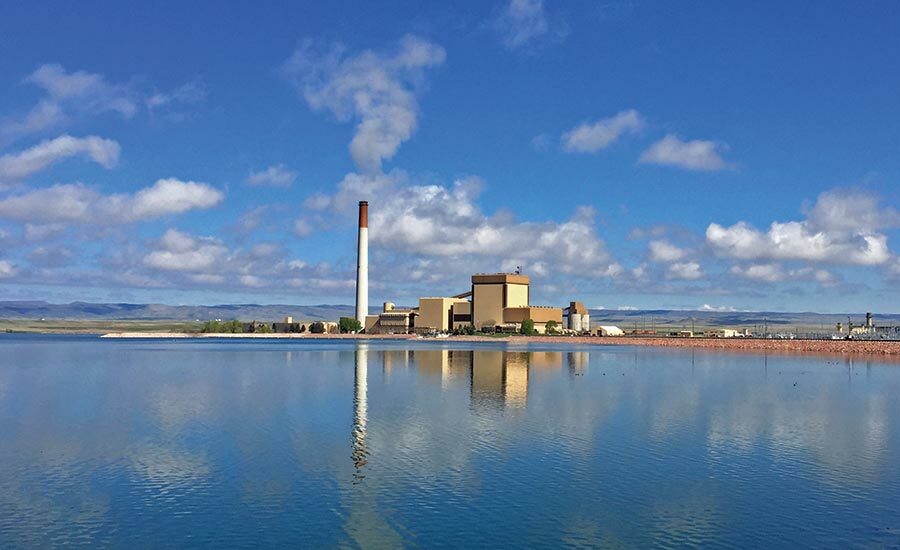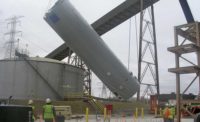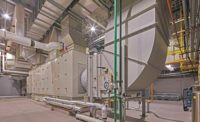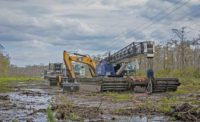ENR Mountain States Best Projects 2019
Best Energy/Industrial: Rawhide Energy Station, CCR Compliance Upgrade

The Rawhide Energy Station provides more than half of Platte River Power Authority’s annual delivered energy.
Photo courtesy Burns & McDonnell

Platte River elected to replace its sluicing system with a mechanical ash-removal system that allows for redundancy and operational flexibility.
Photo courtesy Burns & McDonnell


Rawhide Energy Station, CCR Compliance Upgrade
Larimer County, Colo.
BEST PROJECT
Owner: Platte River Power Authority
Lead Design Firm & Structural/Civil/MEP Engineer: Burns & McDonnell
General Contractor: TEIC Construction Services; Industrial Constructors/Managers Inc.
A wide range of challenges must be overcome to meet federal and state regulations while addressing coal-combustion residuals (CCR) at operating power plants. For Platte River Power Authority, meeting these CCR requirements became an opportunity to adopt innovative technology for the utility’s largest generation resource, Rawhide Energy Station Unit 101.
Rawhide has been in operation since 1984. With a net capacity of 280 MW, the plant provides more than half of Platte River Power Authority’s annual delivered energy. The plant was designed with a sluiced bottom-ash system and redundant bottom-ash storage ponds, where ash settles to the bottom of the pond and water is returned to the plant for reuse.
In developing the CCR-compliance strategy, Platte River was looking to address groundwater separation and remove ash-transport water. Achieving these twin objectives would safeguard the long-term availability of Rawhide as a critical source of power for customers.
Platte River elected to replace its sluicing system with a mechanical ash-removal system that allows for redundancy and operational flexibility. Platte River also closed its existing bottom-ash ponds and installed a new settling basin. The project addressed the entire scope of CCR compliance, including identifying water redirection options, pond-compliance alternatives, equipment selection, ash bunker locations and potential landfill impacts on the 4,500-acre site.
Before the upgrade, Rawhide relied on a system where bottom ash collected in the base of the boiler before being hydraulically sluiced through pipes to one of two bottom-ash transfer ponds. Sluice water was then circulated back to the plant and reused in a closed-loop system. When a pond was full, it was isolated so that water could evaporate, with solids subsequently dredged and hauled to an onsite ash monofill. Platte River initially considered relining existing ponds with an HDPE liner and continuing its groundwater monitoring. But permitting-approval challenges and a planned outage schedule led the team to build a concrete settling basin instead. This allowed for reduced outage requirements while meeting regulatory requirements.
Back to "Annual Awards Competition Attracts the Most Entries in Its History"





